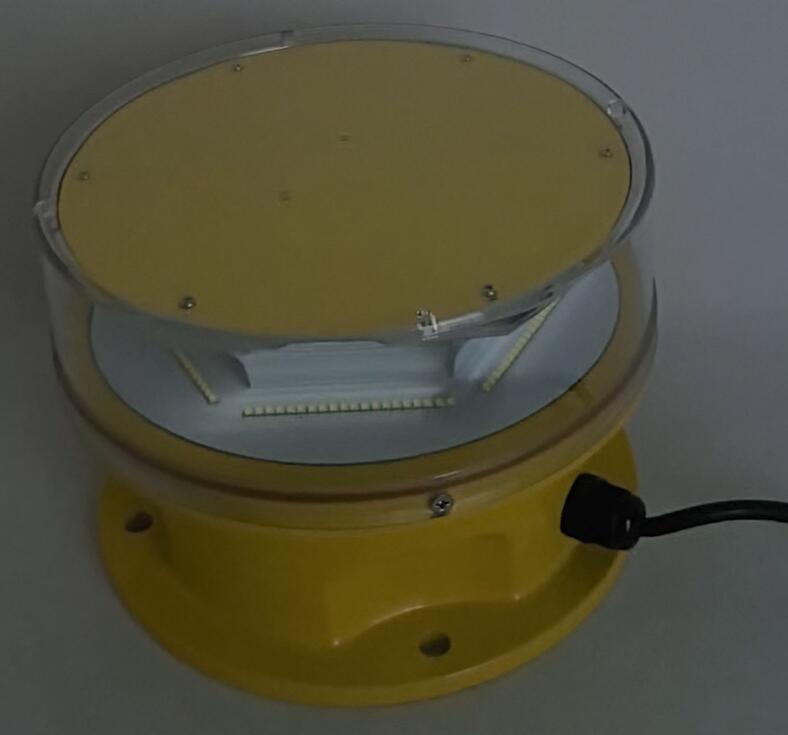Aircraft warning lights serve as a crucial component in aviation safety, ensuring that tall structures such as towers, wind turbines, and skyscrapers remain visible to pilots. These lights prevent collisions by marking obstacles that could pose risks to low-flying aircraft, especially during nighttime or adverse weather conditions. This article explores the function, types, regulations, and technological advancements of aircraft warning lights, highlighting their indispensable role in modern aviation.
Function of Aircraft Warning Lights
The primary function of aircraft warning lights is to enhance the visibility of tall structures to pilots, reducing the risk of mid-air collisions. These lights are typically installed on buildings, communication towers, bridges, and other high-rise constructions that exceed certain height thresholds.
Key functions include:
Obstacle Identification: Warns pilots of potential hazards along flight paths.
Nighttime and Low-Visibility Safety: Ensures structures remain detectable in darkness, fog, or heavy rain.

Regulatory Compliance: Meets international and national aviation safety standards.
Types of Aircraft Warning Lights
Different types of warning lights are used depending on structure height, location, and aviation regulations. The main categories include:
1. Red Obstruction Lights
Used for structures below a certain height (typically under 200 feet).
Emit steady or flashing red light.
Commonly installed on buildings, cranes, and telecommunication masts.
2. Medium-Intensity White Strobe Lights
Used for taller structures (between 200 and 500 feet).
Produce bright, high-visibility flashes.
Often employed on wind turbines and transmission towers.
3. High-Intensity White Strobe Lights
Required for extremely tall structures (over 500 feet).
Visible from long distances, even in daylight.
Typically found on skyscrapers and large broadcasting towers.
4. Dual Lighting Systems
Combine red and white lights for enhanced visibility.
Used in areas where both day and night operations require maximum safety.
Regulations and Standards
Aircraft warning lights must comply with strict aviation regulations to ensure uniformity and effectiveness. Key regulatory bodies include:
Federal Aviation Administration (FAA) (USA): Defines lighting requirements for structures based on height and location.
International Civil Aviation Organization (ICAO): Sets global standards for obstacle lighting.
European Aviation Safety Agency (EASA): Oversees aviation safety regulations in Europe.
These regulations specify light intensity, flash patterns, and placement to maintain consistency across different regions.
Technological Advancements
Modern aircraft warning lights incorporate advanced technologies to improve efficiency and reliability:
LED Lighting: Energy-efficient, long-lasting, and brighter than traditional incandescent bulbs.
Solar-Powered Systems: Reduce dependency on electrical grids, ideal for remote locations.
Smart Monitoring: Sensors and remote diagnostics ensure lights function correctly and alert maintenance teams in case of failures.
Aircraft warning lights play a vital role in safeguarding aviation by preventing collisions with tall structures. As air traffic increases and urban landscapes grow taller, the importance of these lights will only escalate. With advancements in LED and smart monitoring technologies, future systems will become even more efficient and reliable, further enhancing aviation safety worldwide.
By adhering to international standards and embracing innovation, the aviation industry ensures that aircraft warning lights continue to fulfill their critical function—keeping the skies safe for all.

